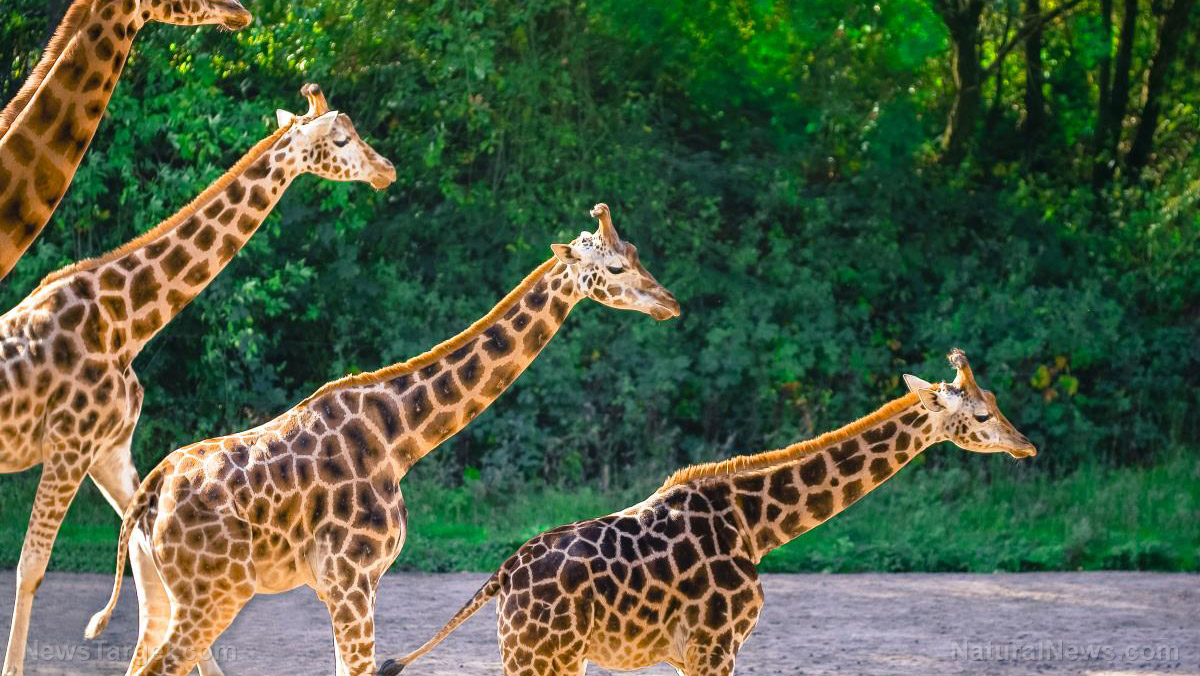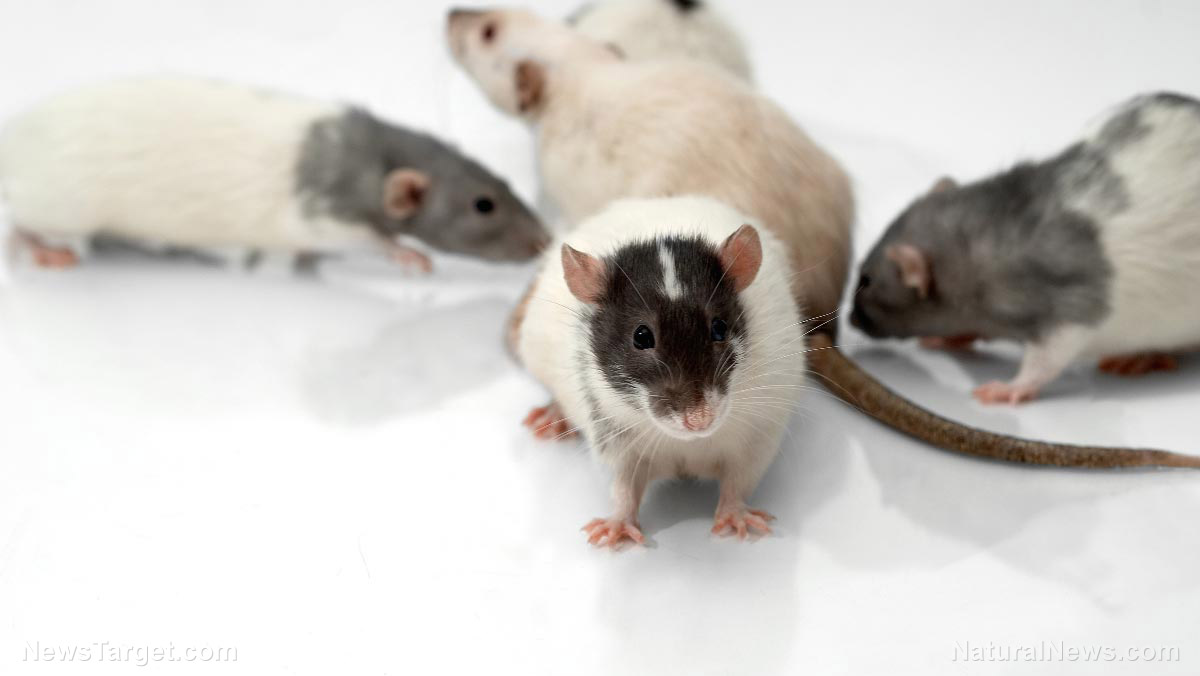Wild giraffes are known to consume the leaves and twigs of acacias, mimosas, and wild apricots. However, a recent video by wildlife filmmaker Rob the Ranger shows that giraffes can deviate from their typical diet in unexpected ways. In the video, taken on the Idube Game Reserve in the Sabi Sand Wildtuin, Greater Kruger National Park in South Africa, a herd of giraffes can be seen bending down, sifting through, and nibbling on the remains of a long-deceased buffalo.
“Are giraffe scavengers? Watching this makes it look like they are!” Rob the Ranger wrote in the description box under his video. Watching through the video, the giraffes have devoted their attention to the buffalo’s rib cage and spine, carefully gnawing on both parts with practiced ease.
Although a disconcerting sight, Rob the Ranger noted that this was not an isolated case. “In reality, this is an ordinary case of osteophagy (bone eating) which is a common occurrence with many herbivores,” explained Rob the Ranger. “The bones are chewed as a way of supplementing the diet with calcium and magnesium which are lacking in their normal leaf-based fare.” (Related: Magnesium is perhaps more important than calcium in building strong bones.)
Since giraffes rely almost entirely on leaves and twigs, they supplement their nutritional deficiencies by way of osteophagia. As the tallest herbivores on the planet, giraffes require higher levels of calcium, phosphorous, and magnesium to keep their massive skeletons and horns as strong and healthy as possible.
Giraffes don’t actually swallow bones, however. Rather, the bones are swirled in and out of the giraffe’s mouth while they are chewed and sucked on. Giraffes then simply drop the bones once they have gotten enough nutrients, or when the animals have grown tired of the activity.
This can be observed in the video — after spending several minutes sniffing and nibbling on the buffalo’s bones, the giraffes appear to lose interest and walk away. This is because giraffes are still strictly herbivorous animals, and their digestive systems are unable to adequately process and derive nutrients from body parts other than bones.
Osteophagia, coprophagia, and other strange feeding behaviors
Similar occurrences have been noted with other herbivores, such as leopard tortoises. Like giraffes, leopard tortoises consume plants, specifically grasses, thistles, and succulents. As such, they also lack certain nutrients. To get around this, leopard tortoises sometimes turn to hyena droppings. Not only do hyenas have strong jaws that can crush bones with little effort, they also possess robust digestive systems that are capable of breaking down bones. This results in hyena feces often coming out white in color. These calcium-rich droppings supply leopard tortoises with the much-needed mineral.
Conversely, some carnivores can occasionally indulge in herbivorous feeding habits. Cats are one such example, as cats oftentimes eat small amounts of grass for a variety of reasons. One reason is to fix a nutritional deficiency, since grass contains folic acid. Another is to maintain regular bowel movement due to grass acting as a natural laxative. In some cases, cats will deliberately eat large amounts of grass to induce vomiting and clear their digestive systems of parasites, feathers, or fur.
To read up on more stories that are like this one, feel free to visit PetHealth.news today.
Sources include:
DailyMail.co.uk
YouTube.com
WildlifeTV.Wordpress.com
CatChow.com
We will respect your inbox and privacy




















